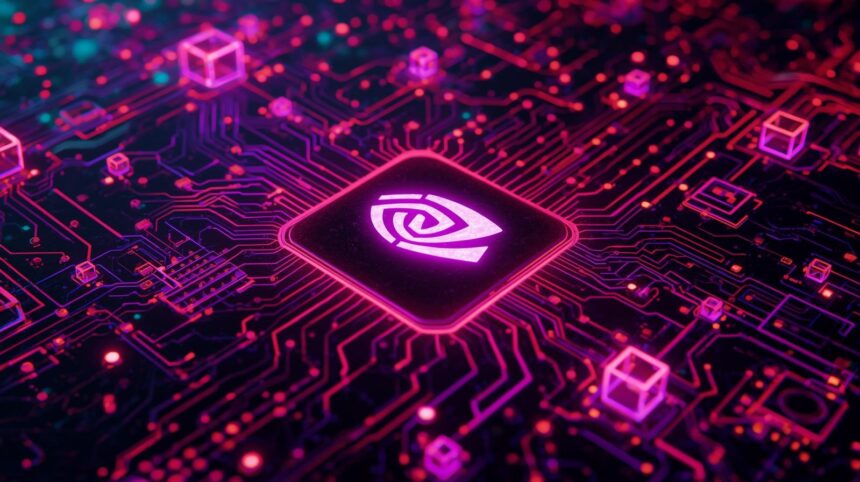NVIDIA is set to release its third-quarter earnings, and the projections are soaring high. As AI technology continues to flourish, NVIDIA’s strategic positioning finds it at the forefront of this technological wave. Excitement mounts as details about AI infrastructure growth are anticipated, with many interested in understanding how NVIDIA aligns its operations and strategy to meet future demands. Market analysts and investors are eagerly awaiting insights regarding its newest platform advancements and production strategies.
NVIDIA has consistently showcased impressive earnings in recent years. The stock performance has often mirrored the company’s strategic initiatives in AI technology and infrastructure. However, as the conversation evolves around NVIDIA’s expanding influence in the AI domain, experts monitor its capability to sustain such growth and adapt to market and geopolitical challenges. Analyzing these historical outcomes provides insights into its future trajectory.
What Are the Projections for NVIDIA’s Q3 Earnings?
NVIDIA’s expected revenue for the third quarter stands at $55.09 billion, with an anticipated EPS of $1.26, signifying extensive year-over-year growth. Both these figures suggest substantial gains attributed to the surging AI infrastructure demand.
“Our global AI build-out is just beginning, with industry CapEx rising extraordinarily,” stated Jensen Huang, CEO of NVIDIA.
Investors and stakeholders anxiously await confirmation of NVIDIA’s ability to maintain this growth trajectory.
Can NVIDIA Navigate Market Uncertainties?
NVIDIA’s decisions, including its exclusion of potential H20 revenue from China due to licensing uncertainties, reflect its cautious approach amidst geopolitical dynamics. The ongoing developments regarding China licensing and NVIDIA’s strategic positioning within this context are pivotal. The company remains vigilant as it continues to evaluate how these dynamics influence its revenue streams and global positioning.
NVIDIA’s Blackwell and Rubin platforms are at the heart of its future endeavors. Production of GB300 is underway, with approximately 1,000 racks produced weekly. This development underscores the company’s commitment to meeting heightened demand. Additionally, the seamless transition of its next-generation products indicates potential for continued robustness in deployment and market acceptance.
In networking, NVIDIA’s growth with NVLink, InfiniBand, and Spectrum-X signifies a robust uptake.
“Efficient networking is crucial for AI factory economics,” highlighted Colette Kress, CFO of NVIDIA.
The company’s advancements in these areas are crucial for maintaining its competitive edge in a rapidly expanding market.
As NVIDIA gears up for the anticipated launch of its Rubin chips, its continuous annual product cadence becomes more evident. Innovations such as the Vera CPU, Rubin GPU, and CX9 SuperNIC reflect NVIDIA’s strategic foresight in tech evolution. Insights into these developments offer visibility into how NVIDIA manages supply chains and consumer demand forecasts.
Understanding NVIDIA’s current position is pivotal in evaluating its future prospects. As the demand for AI infrastructure steadily grows, NVIDIA appears well-positioned to capitalize on its technological advancements and strategic initiatives. Analysts and stakeholders are likely to ponder how these progressions contribute to NVIDIA’s sustained market leadership and its adaptability to fluctuations in global dynamics.










